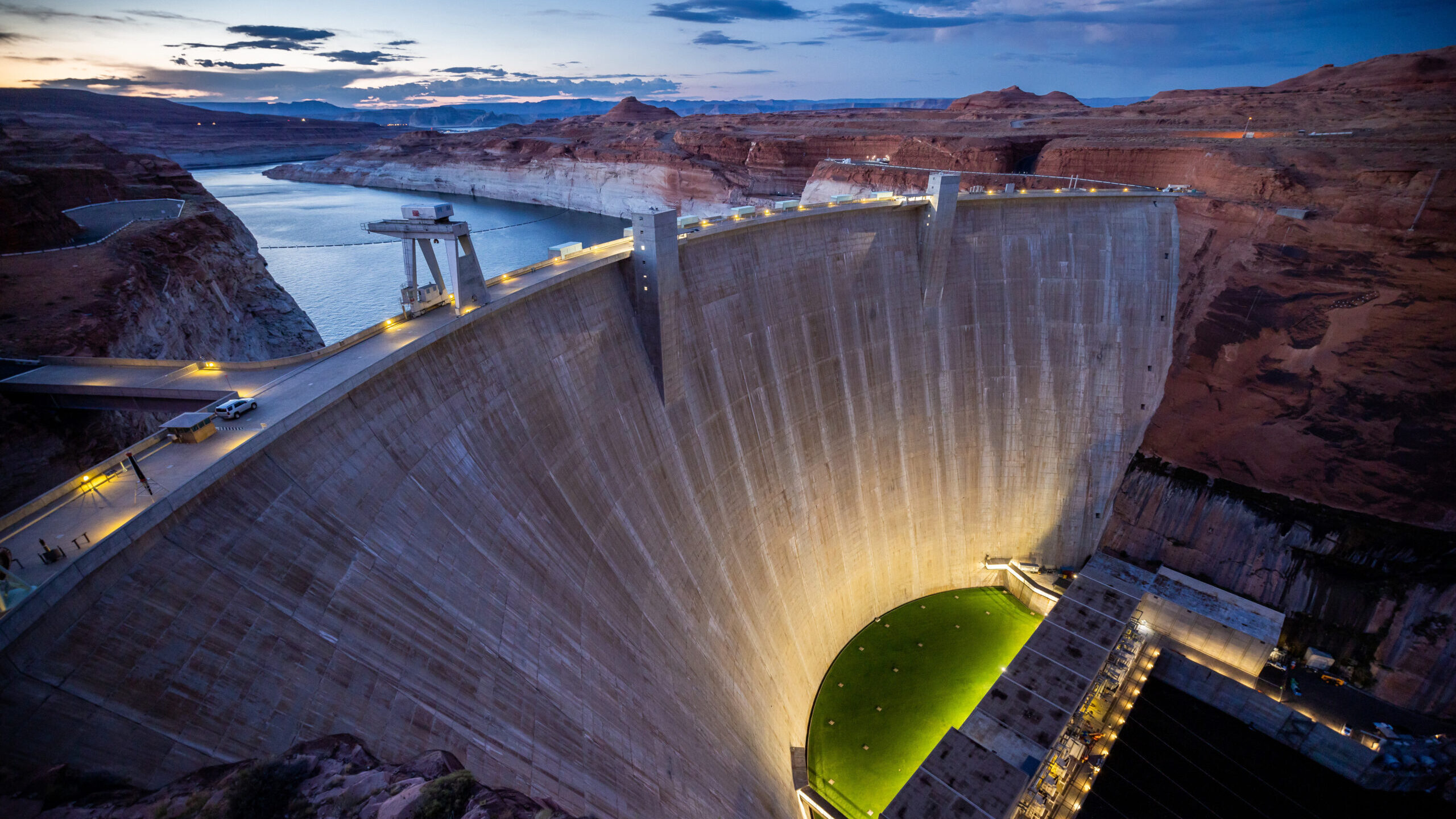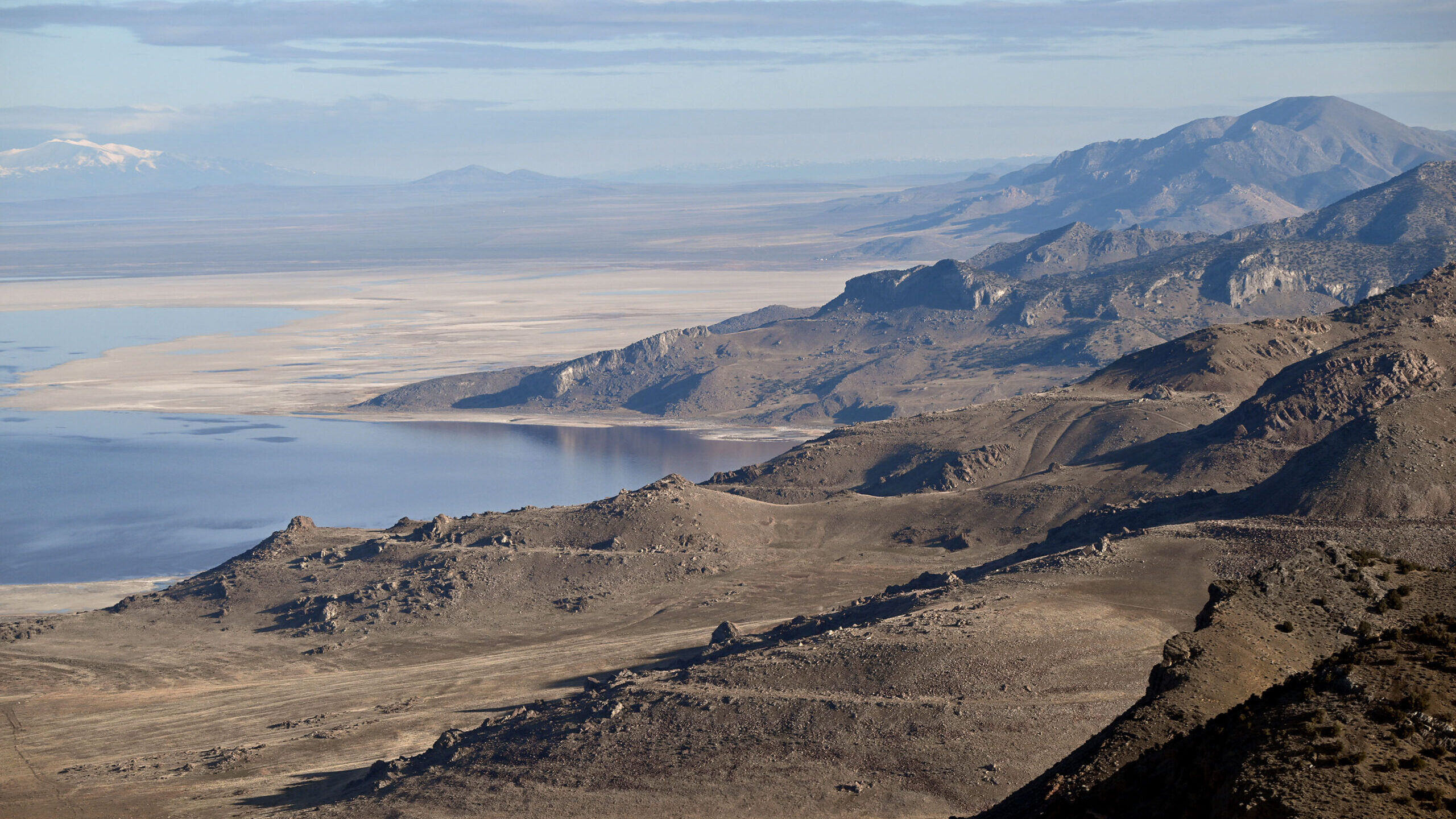Lake Powell water levels nearly double with record spring runoff
Aug 7, 2023, 1:00 PM

Glen Canyon Dam holds back Lake Powell in Page, Ariz., on Monday, July 18, 2022. (Spenser Heaps/Deseret News)
(Spenser Heaps/Deseret News)
LAKE POWELL, Utah — In early 2023, Lake Powell hit a record low — sitting at only about 22% capacity. As of late July, those levels were nearly double.
Utah’s Colorado River Commissioner Gene Shawcroft said the ailing reservoir had risen 65 feet from the record spring runoff. Those inflows lifted the water levels to about 40% capacity.
Lake Powell levels this year
Since peaking at 65 feet, Shawcroft said Lake Powell had since lost about 3 feet to evaporation and downstream releases to Lake Mead, which is normal.
Water managers anticipate Lake Powell will get 14 million acre-feet of water flowing in through all of 2023. In all of 2022, the reservoir only got 6 million acre-feet of inflows.
“Two great blessings this year, an incredible snowpack and the timing of how the runoff came,” Shawcroft said. “Two lifelines that saved us a great deal of anguish.”
Eyes on the lake’s levels
Lake Powell’s low water levels have garnered national attention, largely in part because they got so low. So low, the Glen Canyon Dam was coming close to not being able to draw power.
Shawcroft also previously told KSL NewsRadio at the rate states are using water from the Colorado River, particularly the lower basin states, Lake Powell’s long-term health was not sustainable.
So what’s next?
Shawcroft said the new inflows give them a couple of years to catch their breath, but there is still work to do in the long-run, mainly via widespread water conservation.
“Even though we’ve had an extremely wet year that does not mean we need to take our foot off the gas pedal,” Shawcroft said.
The Bureau of Reclamation in mid-August is expected to release a two-year study with projections of what water levels might look like in Lake Powell and Lake Mead over the next twelve months.













